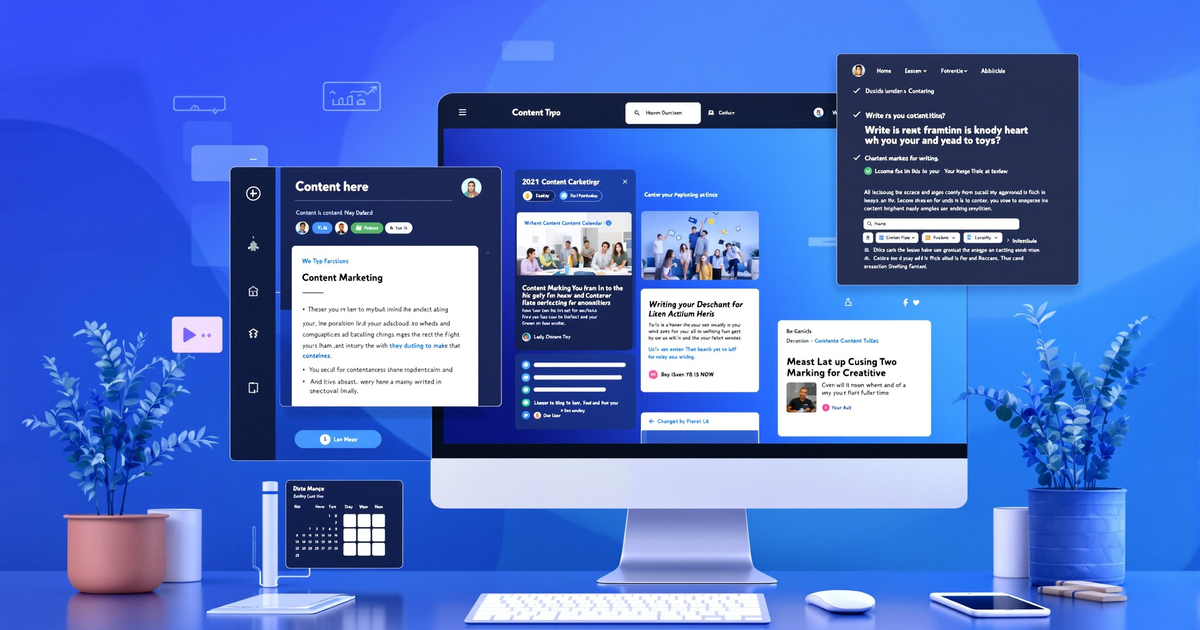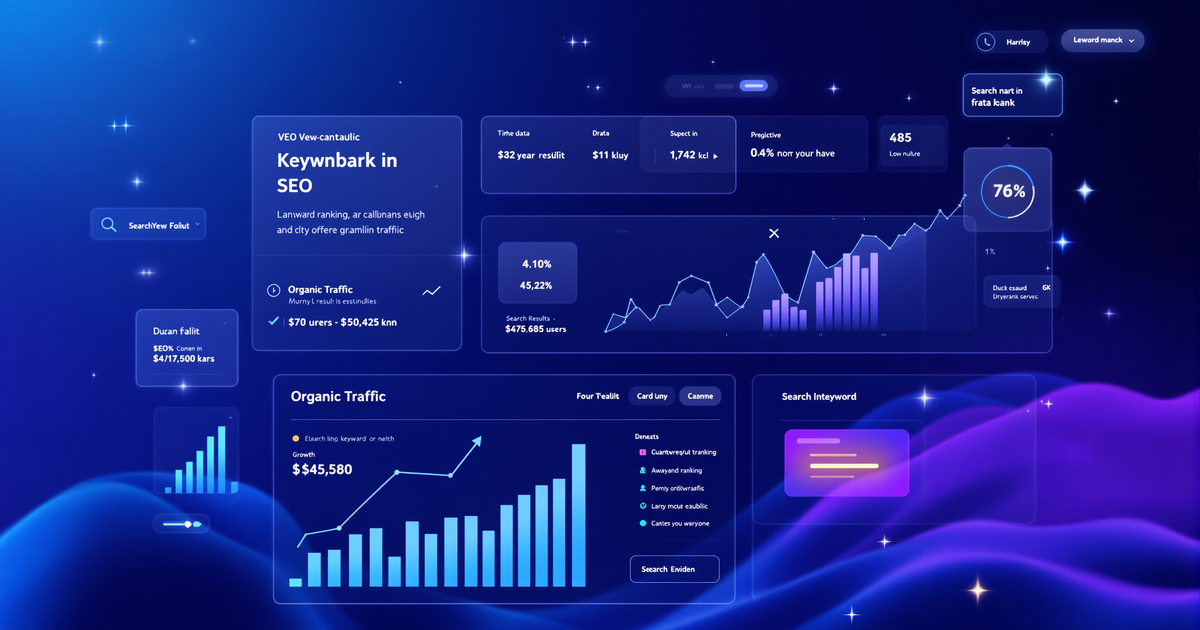The Cannabis Branding Challenge in 2025
Did you know that over 70% of cannabis consumers in 2025 discover new brands online? Yet, nearly half can’t remember the brand name a week later. In a highly regulated and competitive market, visibility isn’t enough—you need memorability. For cannabis entrepreneurs and marketers, the key is clear: build a digital brand that’s not only compliant but also compelling and unforgettable.
Demand is rising, but advertising restrictions remain tight. Google, Facebook, and Instagram still ban direct cannabis promotions. One wrong move can trigger account bans or content removal. However, innovation wins. The brands that thrive use smart, legal digital strategies to build trust, loyalty, and real growth.
1. Omnichannel Branding: Be Everywhere—But Stay Compliant
To stand out, you must be present across multiple touchpoints—while strictly following the rules. The most successful cannabis brands in 2025 deliver a consistent experience through:
- Physical dispensaries
- SEO-optimized websites
- Email and SMS campaigns
- Compliant social media
- Local community engagement
Because each channel has unique legal risks, focus on owned media first. Your website, blog, and email list are safe spaces for storytelling, education, and community building.
Boost visibility with strong local SEO. Target phrases like "cannabis dispensary near me" or "best cannabis brands 2025." Also, use geofencing and localized landing pages to deliver city-specific events, offers, and content. For example, a California brand increased foot traffic by 19% using geo-targeted SMS alerts for pop-up events and co-branded promotions.
2. Social Media: Build Awareness Without Breaking Rules
Social platforms are powerful—but risky. Instagram and TikTok allow brand presence, but ban direct cannabis sales or promotions. So, how do you grow?
B2C brands should focus on lifestyle, culture, and education. Share behind-the-scenes footage, customer journeys, and relatable moments. Avoid pricing, purchase links, or calls like "DM to buy."
B2B brands can leverage LinkedIn to share industry insights, regulatory updates, and case studies. Pair this with email newsletters for deeper engagement.
Always follow compliance best practices:
- No direct product promotion or pricing
- No purchase links or DM sales tactics
- Avoid high-risk hashtags that trigger shadowbanning
- Highlight brand values, education, and community impact
Pro tip: Educational and behind-the-scenes videos perform best and are less likely to be flagged.
3. Purpose-Driven Branding: Connect With Values
In 2025, consumers support brands that stand for something. Whether it’s social equity, sustainability, or advocacy, purpose builds loyalty. Start by defining your mission. Are you promoting cannabis justice? Using eco-friendly farming? Supporting local artists?
Then, show your impact. Use your blog, videos, and email to share real stories, metrics, and partnerships. Collaborate with local organizations or sponsor community events. Brands that champion social equity and green practices are seeing stronger, more vocal customer bases.
4. Educational Content: Build Trust and Authority
With widespread misinformation, educational content is your greatest asset. It answers real customer questions and boosts SEO at the same time.
Create content that explains:
- "CBD vs. THC: What’s the Difference?"
- "How Do Edibles Work?"
- "Choosing the Right Cannabis Product for You"
Use blogs, how-to guides, videos, and live Q&A sessions. Host videos on your site and YouTube. Target long-tail keywords in your FAQs. For example, addressing common fears can reduce stigma and build immense trust.
5. Localized and Hyper-Targeted Campaigns
Cannabis laws vary by state and city—so your marketing should too. Hyper-local campaigns help you announce store openings, share zip-specific deals, and partner with nearby businesses.
One brand teamed up with a popular taco chain for a "Taco Tuesday" event. Using zip-targeted push notifications, they drove a measurable spike in dispensary traffic. Local collaboration increases relevance and response rates.
6. Technology Integration: Use AI and Analytics
You don’t need a big budget to use AI. In 2025, even small cannabis businesses use predictive analytics for smarter marketing.
Leverage AI for:
- Hyper-targeted ads (where legal)
- Personalized content recommendations
- Automated post-purchase education flows
These tools help segment audiences and deliver the right message at the right time—boosting engagement and retention.
7. Loyalty Programs: Turn Shoppers Into Advocates
Acquiring customers is only half the battle. Retention is where real growth happens. Loyalty programs encourage repeat visits and turn users into brand champions.
Effective tactics include:
- Reward points for purchases, referrals, and social shares
- Early access to new products or events
- Exclusive educational content for members
Brands with strong loyalty programs saw up to a 27% increase in repeat purchases in 2024.
8. Legal Compliance: Protect Your Brand
The number one rule? Stay compliant. One violation can shut down your digital presence.
Stay ahead by:
- Tracking state and federal regulation updates
- Reviewing platform policies regularly
- Training your team on digital compliance
Safety isn’t boring—it’s strategic.
Key Takeaways: Cannabis Branding That Works in 2025
- Control your story with owned media and SEO
- Go local—customize messaging by region
- Educate instead of sell—content builds trust
- Boost loyalty with rewards and purpose
- Always prioritize compliance
Call to Action
👉 Ready to strengthen your cannabis brand? Take CDM Suite’s free 3-minute marketing assessment and get a custom growth plan tailored to your business. Also, explore more insights at CDM Suite or visit our blog category for the latest strategies. For industry trends, check out Green Rush Daily.


